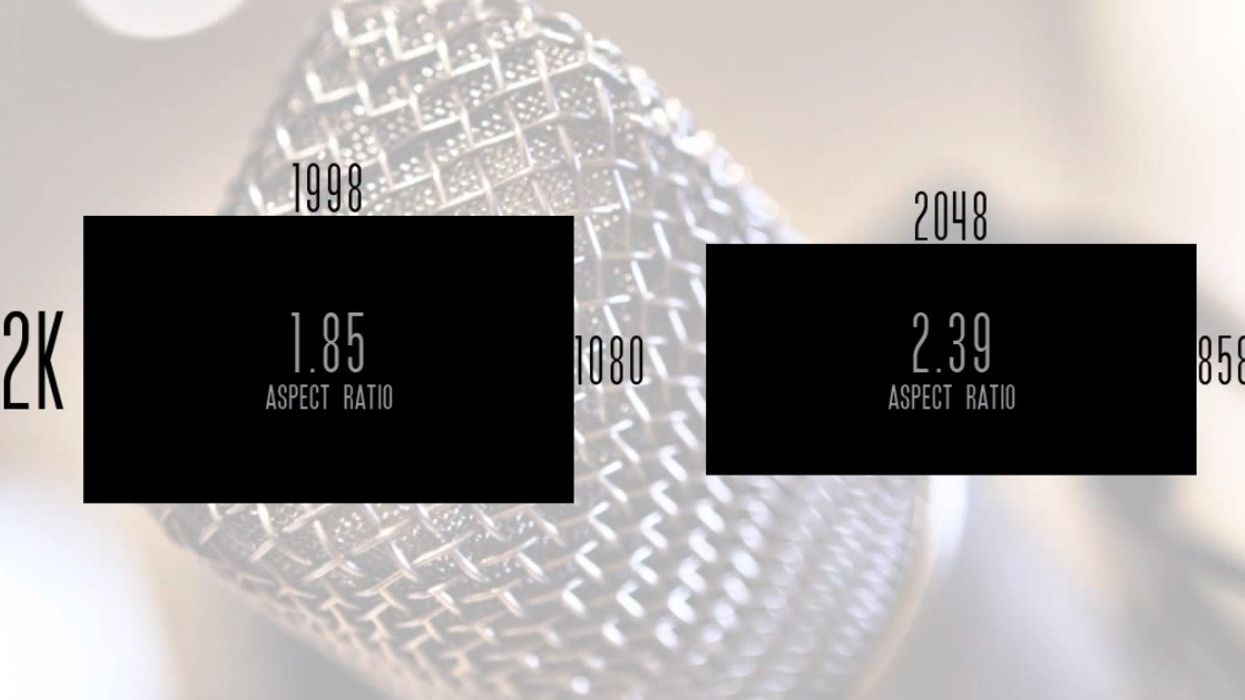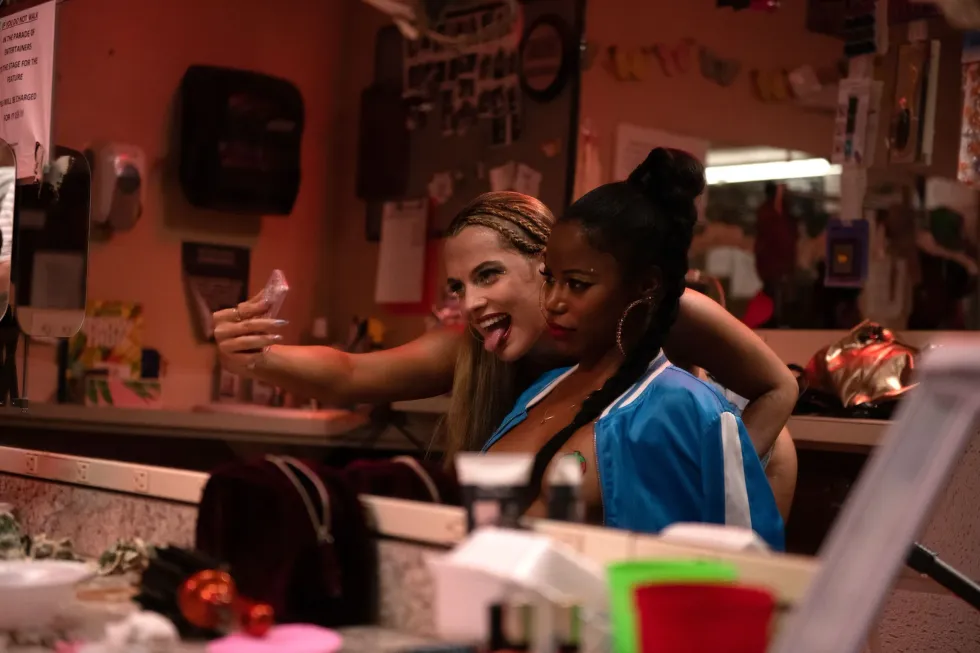Need to Project in a Digital Theater? Make a Digital Cinema Package for Cheap with OpenDCP

The dream of any independent filmmaker is to one day project their film in pristine detail on the big screen. For many, this means hooking up an HD projector to a laptop and projecting on a less-than-optimal screen with less-than-optimal audio. If you are fortunate enough to have the money to rent out a real theater or you have access to one, there's a good chance that theater is going to be using a digital projector that takes a DCP (or Digital Cinema Package). Unfortunately, they are not cheap to make -- but if you're willing to go the DIY route, there is now open source software called OpenDCP that will allow you to make cinema quality DCPs. Filmmaker Danny Lacey has a very thorough walk-through of the process in the video below.
Here are the basic steps to creating a DCP, from Danny's blog:
-- Export your film as a 16-bit TIFF sequence
-- Use free, open source DCP software to convert the TIFF sequence into JPEG 2000
-- The DCP software then wraps the video (JPEG2000) and audio (WAV) in to MXF files.
-- The final stage is creating the DCP which generates 6 files that will be recognised by a DCP server.
This is the video walk-through explaining those steps in detail:
Though he is using Adobe products, it's possible to make your film a TIFF sequence in many other programs. If you're going to project in a digital theater, Blu-Ray is certainly an option for many, but a DCP will give the absolute maximum quality possible. As filmmakers, digital technology has helped put more of our dollars spent on screen, rather than paying for a 35mm transfer which might cost more than the entire budget for the film. As films can be made more cheaply, digital alternatives to Hollywood tools need to exist, and thankfully that's exactly what OpenDCP provides.
While the theater experience has steadily declined over the last few years, a number of smaller, independent theater chains like the Alamo Drafthouse have bucked the trend of diminishing returns and have actually made it better than ever to see a film in a theater. Even though that business is getting tougher as different mediums fight for attention spans, hopefully cheaper digital cinema projectors, like the still unreleased RED projector, or one of the many Sony projectors, will give rise to a new golden age of independent film, where the selection of films at the local theater can be as varied and independently-minded as we want them to be.
You can find the links to all of the software from Danny's video below.
Links:
- OpenDCP - https://www.code.google.com/p/opendcp
- DCP Info (Academy specifications) - https://www.dcpinfo.com
- Matt Cameron DCP Blog post
- Hyde Park Picture House - https://www.hydeparkpicturehouse.co.uk
- Useful Digital Cinema Package Wikipedia Page
[via Danny Lacey Film Blog]













